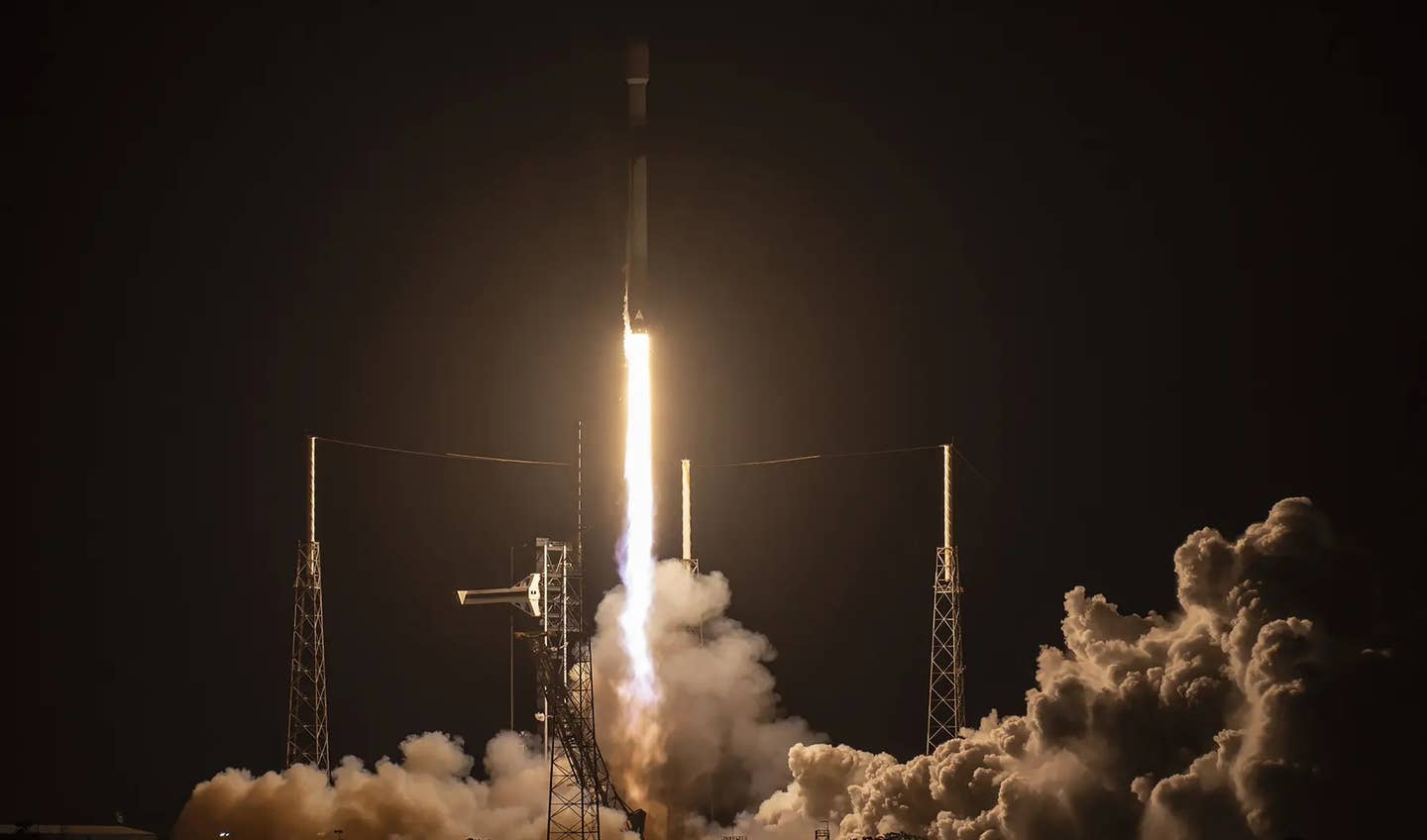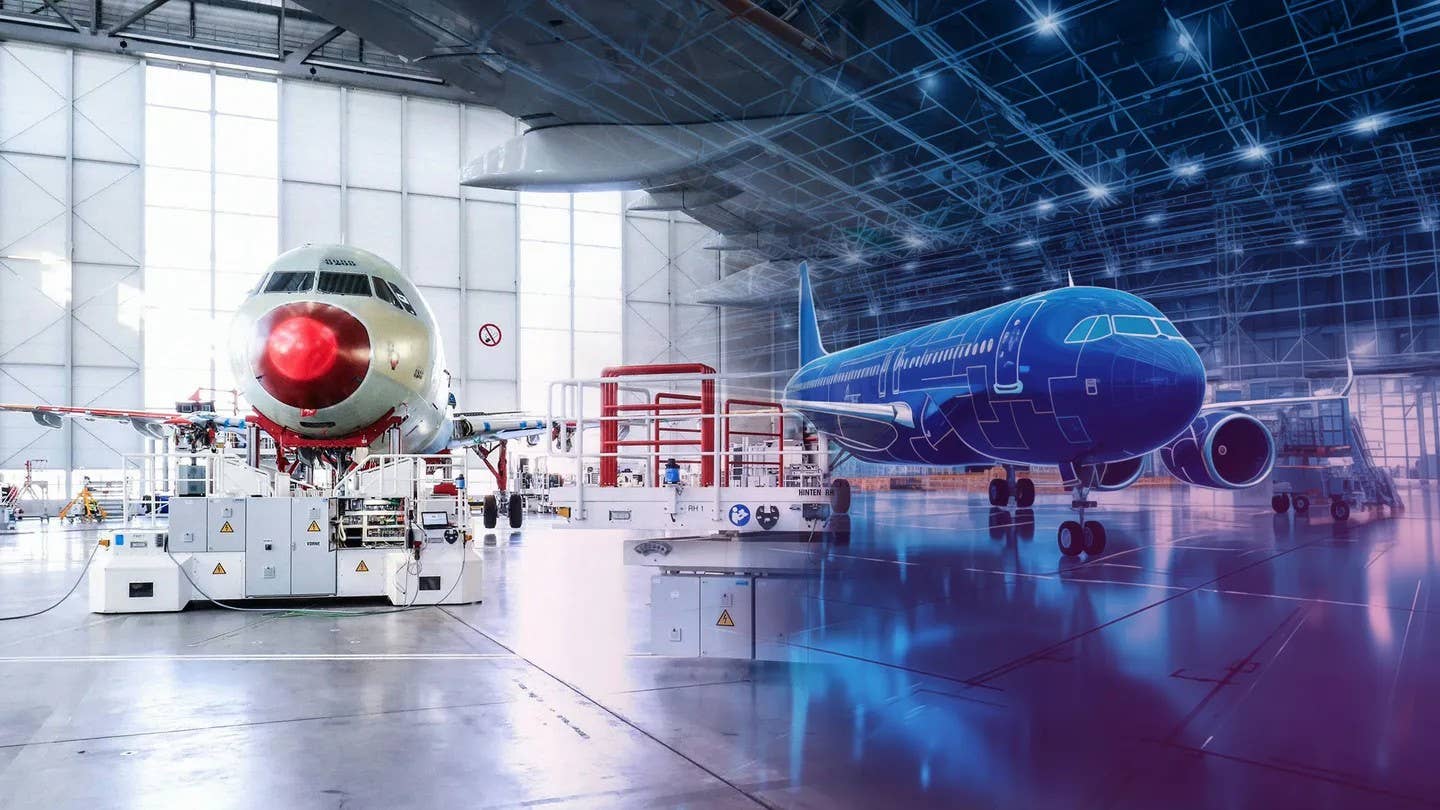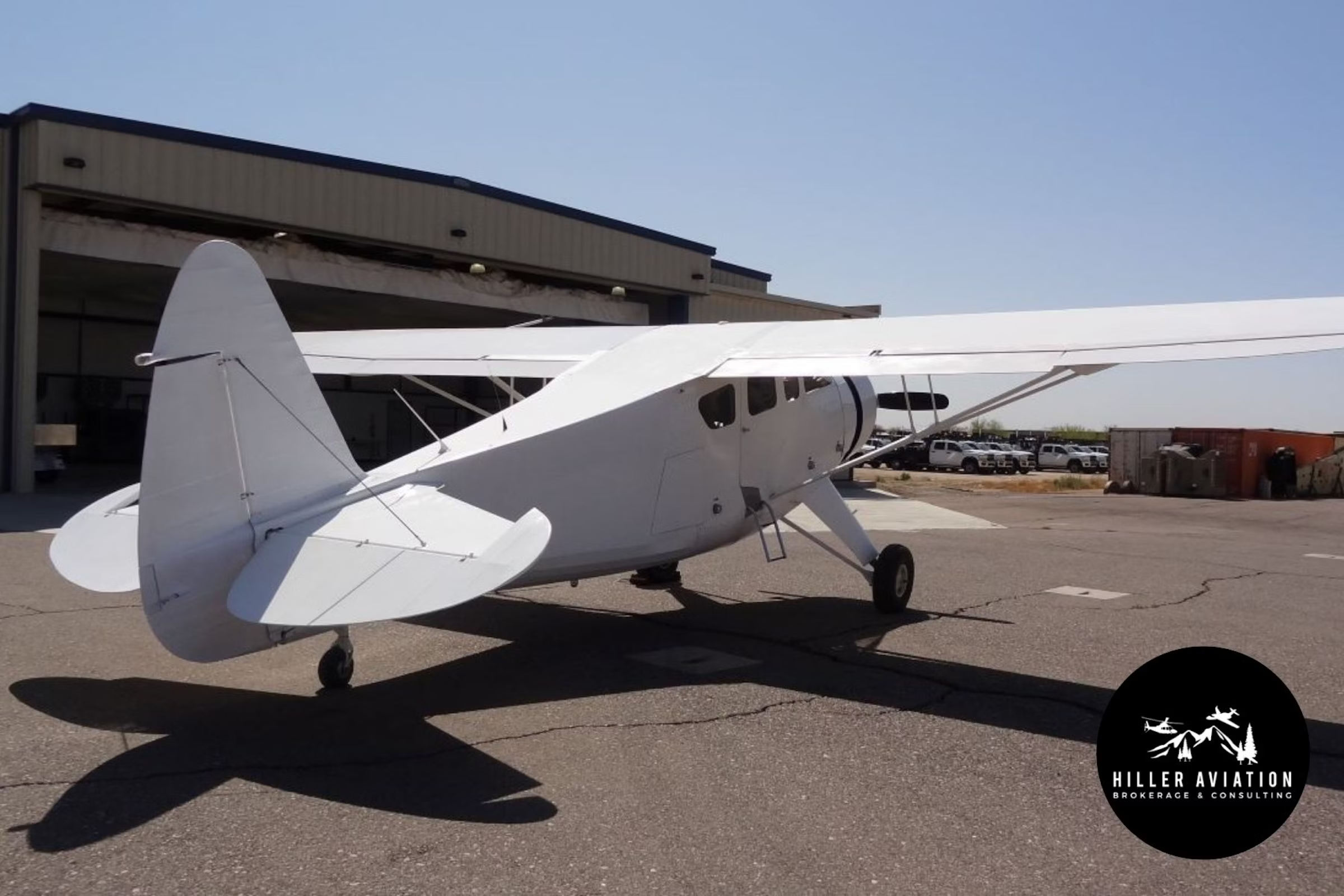
The National Transportation Safety Board (NTSB) is looking into an incident in which two regional jets came within just a few hundred feet of each other while crossing paths at Chicago O’Hare International Airport last week.** **
The event occurred around 9:30 a.m. on Monday, May 16, when an Embraer ERJ-145 operated by ExpressJet Airlines was cleared for takeoff on Runway 32L. At the same time, a Canadair CRJ-200 operated by SkyWest Airlines had been cleared to land on Runway 9R, an act that would require the Canadair jet to cross over Runway 32L at low altitude.
According to the NTSB, “because of the timing of the two operations, the SkyWest flight nearly overflew the departing ExpressJet flight.”
After an automated spacing-detection alarm went off in the tower, a supervisor advised the controller in contact with the SkyWest flight crew to instruct a go-around. As the SkyWest pilot carried out the controller’s directions, the ExpressJet flight continued its roll and took off successfully. The SkyWest flight returned to land minutes later, also without further incident. While Safety Board investigators are still reviewing audio recorders and other information from the incident, preliminary radar data shows the SkyWest jet crossed just 225 feet above the ExpressJet flight, with only 480 feet of lateral separation.
According to O’Hare controllers, the individual responsible for placing the jets in such close proximity had just received certification. The near-miss also occurred shortly after the arrival of Vice President Joe Biden at O’Hare, an event that temporarily disrupted the normal flow of traffic at the airport and caused quite a bit of distraction, according to other witnesses.
The incident comes just days after Inspector General Calvin Scovel testified before a Senate Appropriations subcommittee about the rising number of inexperienced controllers among the ranks of the FAA’s controller workforce. According to Scovel, one quarter of all controllers were in training as of March 2011, compared to 15 percent in 2004. Scovel maintained that the number of inexperienced controllers being placed at high-traffic control centers is also increasing. At New York’s LaGuardia Air Traffic Control Tower, 39 percent of controllers are in training, while at Denver Terminal Radar Approach Control, those in training make up a whopping 43 percent of the force.
With numerous reports of controllers sleeping on the job and the resignation of the FAA's head of ATC last month, the recent O'Hare incident is likely to bring more scrutiny to an air traffic control system that has already received much attention this year. After the emergence of FAA data that showed controller errors doubled in the year ending in September 2010, FAA administrators have been struggling to restore faith in the system. Despite the fact that the increase was likely caused in large part by a new error reporting system aimed at capturing more errors on the record, incidents like last Monday's near-miss at O'Hare still leave cause for concern.
Another near-collision caused by a controller error occurred in January, when an American Airlines Boeing 777-200 converged head-on within a mile of two U.S. Air Force C-17s in the New York City area.

Sign-up for newsletters & special offers!
Get the latest FLYING stories & special offers delivered directly to your inbox






